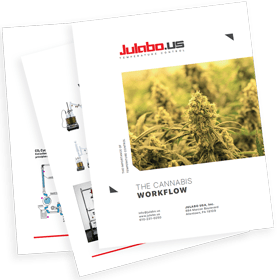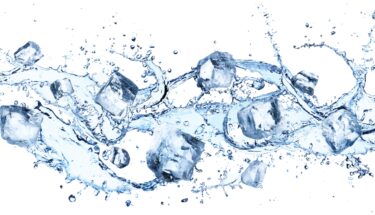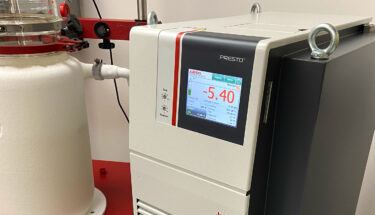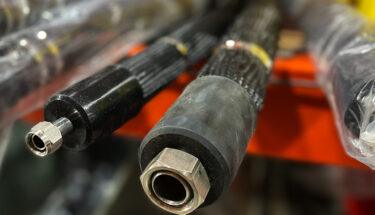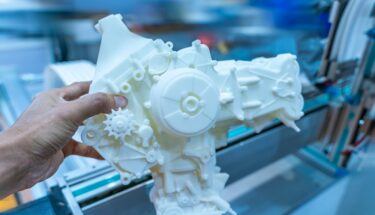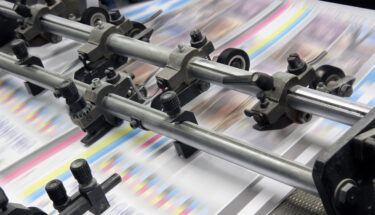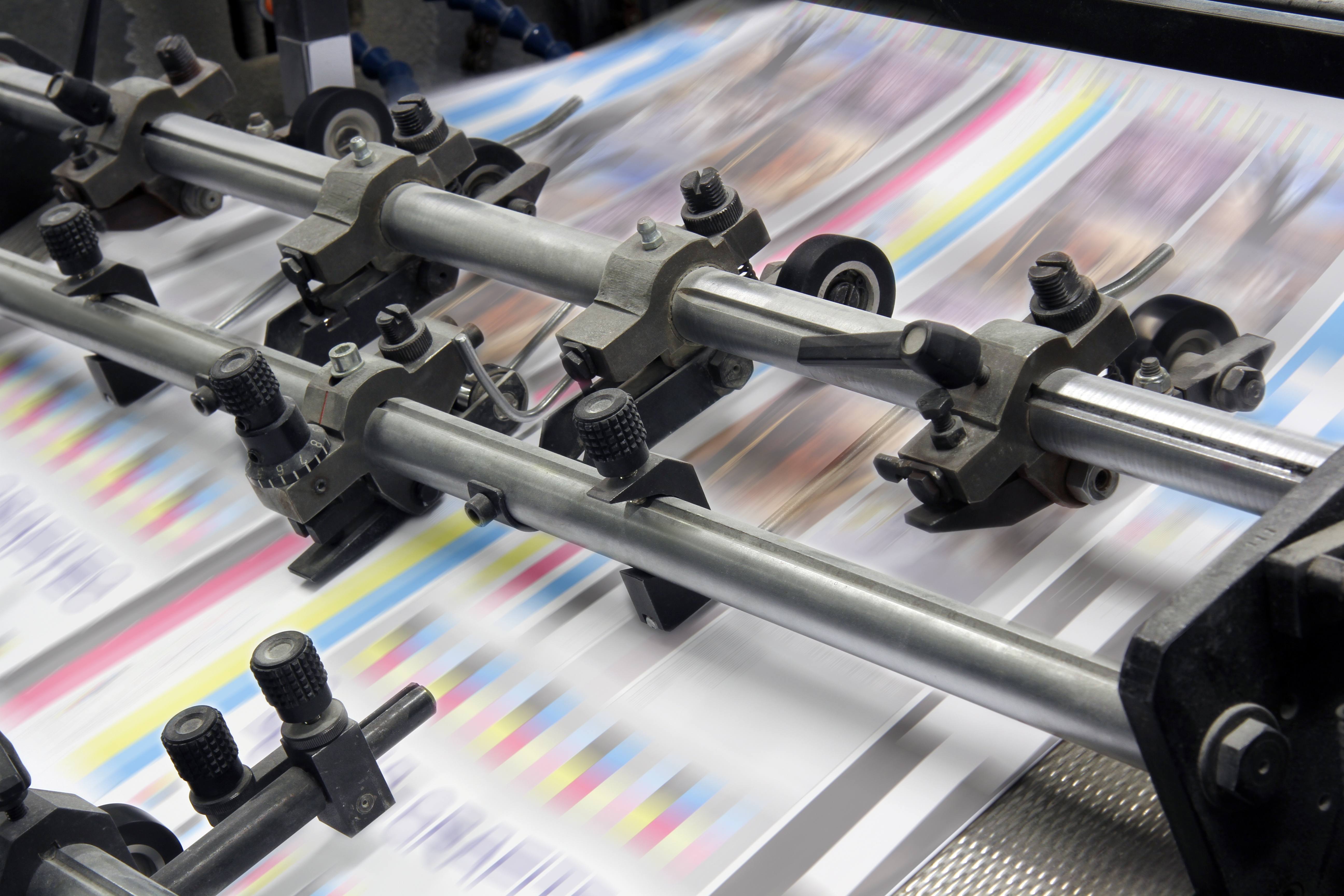
Liquid Temperature Control in the Printing Industry
Authored by: Dr. Dirk Frese, VP of Sales, Marketing & Service
In the realm of printing technology, precision is paramount. Every detail, from color accuracy to ink viscosity, contributes to the final print quality. One often overlooked yet crucial aspect is liquid temperature control. In this blog post, we’ll explore the significance of liquid temperature control instruments in the printing industry and how they contribute to achieving exceptional results.
Note: This post is not about 3D printing in R&D or additive manufacturing.
The Importance of Liquid Temperature Control
Printing involves the precise application of various liquids, such as inks, solvents, and coatings. The temperature of these liquids can significantly impact their properties and performance during the printing process. Here are some key reasons why liquid temperature control is essential:
1 Ink Viscosity Management: Different inks have specific viscosity requirements for optimal printing. Temperature variations can alter ink viscosity, affecting flow rates and print consistency. Controlling the temperature ensures that inks maintain their desired viscosity, leading to sharper prints and color accuracy. Generally, the target temperature is 68°F (20°C).
Liquid temperature control instruments are designed to accommodate a wide range of inks, including eco-friendly and specialty inks. This flexibility allows printers to adapt to changing market demands and expand their capabilities.
2 Consistent Color Reproduction: Temperature influences color density and hue in printing. By regulating the temperature of ink reservoirs, printers can achieve consistent color reproduction across print runs, avoiding color shifts or inconsistencies caused by temperature fluctuations. This can be achieved with benchtop refrigerated circulators as the JULABO CORIO range with cooling capacities around 350W to 500W. One example is the CORIO CD-450F.
3 Preventing Equipment Issues: Extreme temperatures can damage printing equipment and affect print quality. Liquid temperature control instruments help maintain the ideal operating temperature range for printers, extending equipment lifespan and reducing maintenance costs by reducing heat generated due to the friction between the rollers and the paper.
4 Enhanced Print Adhesion: In some printing processes, such as digital and UV printing, proper liquid temperature control improves ink adhesion to substrates. This results in sharper images, better color saturation, and increased durability of printed materials. Moreover, the high-speed digital printing needs UV light to set the ink. This light being produced by mercury and LED lights generates high amounts of heat which must dissipated. Air- or water-cooled chillers are the equipment of choice. Again, the JULABO CORIO or DYNEO circulators are designed to achieve these results.
5 Printing Wastewater Treatment: Printing ink wastewater poses a significant environmental challenge. It typically has low pH levels, high coloration, and high organic content. Most of this organic matter is non-biodegradable, and traces of metals, glues, and pigments are often present. Treating this wastewater is crucial to protect our water supplies and prevent environmental damage.
Printing and Packaging Process Wastewater (PPPW) is generally treated using physicochemical or biological methods. Although biological treatments are common, they face challenges due to the presence of resistant organic compounds and require extended processing times and large reactor volumes. One effective process is to expose the wastewater to inorganic salts creating Fenton products which allow for agglutination either with or without UV light. There a chiller must be involved sized according to the volume of waste.
Liquid Temperature Control Instruments
Several instruments are utilized to manage liquid temperatures effectively in the printing industry:
1 Temperature Controllers: These devices monitor and regulate the temperature of liquids in printing equipment, such as ink reservoirs and print heads. They ensure that temperatures remain within preset ranges for optimal performance.
2 Cooling Systems: Printers often incorporate cooling systems, such as chillers or refrigeration units, to maintain consistent temperatures. These systems are especially critical in environments with varying ambient temperatures.
3 Thermal Sensors: Sensors are used to measure liquid temperatures at many different points in the printing process. This data helps printers adjust temperature settings and detect any anomalies that could impact print quality. The integration of smart sensors and automation allows printers to adjust temperature settings automatically based on factors like print speed, ambient conditions, and ink type.
4 Heating Elements: In situations where liquids need to be warmed, heating elements such as heat exchangers or inline heaters are employed. These elements ensure that liquids reach and maintain the desired temperature for printing. Examples are the JULABO CORIO range.
All of the above is described very well in a US patent (US5272971A) focusing on ink temperature, paper roller temperature and substrate (mostly paper) temperature. In this case for lithographic printing a chiller, a heater a cool reservoir and a hot reservoir connected by various valves and sensors achieve the best results.
Conclusion
In the printing industry, precision is key, and liquid temperature control plays a pivotal role in ensuring top-quality prints. From managing ink viscosity and consistent color reproduction to preventing equipment issues and enhancing print adhesion, temperature regulation is crucial. Furthermore, proper treatment of printing ink wastewater is essential for environmental protection. Utilizing advanced temperature control instruments like temperature controllers, cooling systems, thermal sensors, and heating elements helps printers achieve exceptional results while adapting to market demands. Embracing these technologies not only enhances print quality but also supports sustainable and efficient printing practices.
[1] Sayın, F. E., Karatas, O., Özbay, İ., Gengec, E., & Khataee, A. (2022). Treatment of real printing and packaging wastewater by combination of coagulation with Fenton and photo-Fenton processes. Chemosphere, 306, 135539.
[2] US Patent US5272971A, Guenther Fredericks, ElectroSprayer Systems Inc., Ink temperature control system for waterless lithographic printing

